The Ballistic missile launch, North Korea’s 14th round of weapons firing this year, also came six days before a new conservative South Korean president takes office for a single five-year term. North Korean leader Kim Jong Un vowed to speed up the development of his nuclear weapons and threatened to use them against rivals. As reported by the AP:
Japanese Prime Minister Fumio Kishida told reporters during his visit to Rome, that Japan also detected the North Korean launch and quickly moved to condemn it
SEOUL, South Korea (AP) — North Korea launched a ballistic missile toward its eastern waters on Wednesday, South Korean and Japanese officials said, days after North Korean leader Kim Jong Un vowed to speed up the development of his nuclear weapons “at the fastest possible pace” and threatened to use them against rivals.
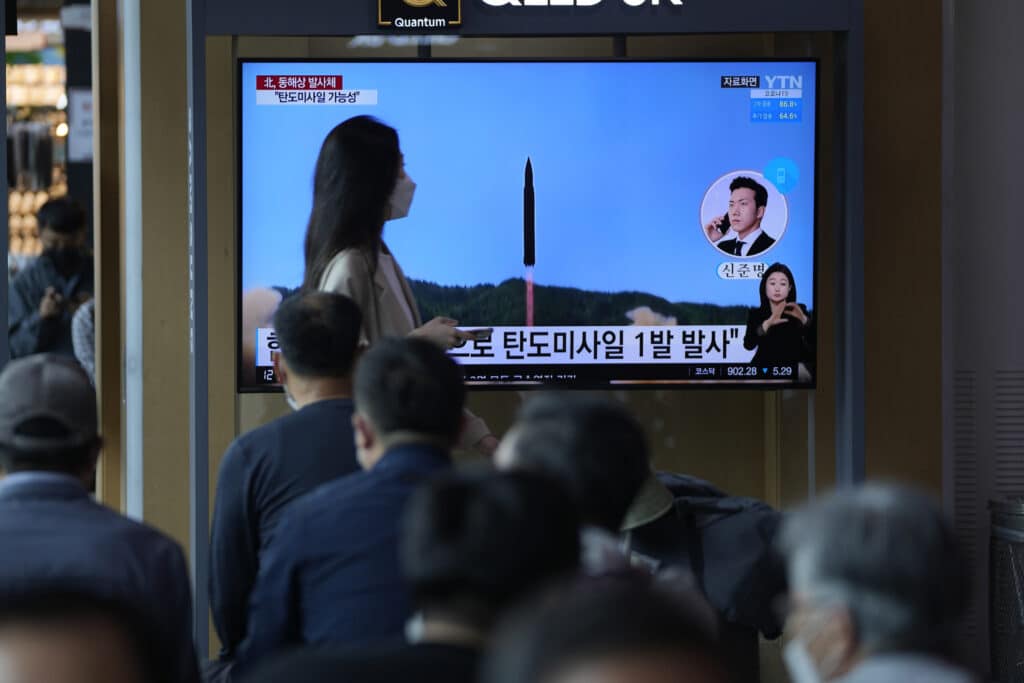
South Korea’s Joint Chiefs of Staff said in a statement that the missile was fired from the North’s capital region and flew to the waters off its eastern coast. It called North Korea’s repeated ballistic missile launches “a grave threat” that would undermine international peace and security and a violation of U.N. Security Council resolutions banning any ballistic launch by the North.
The statement said that Won In-Choul, the South Korean JCS chief, held a video conference about the launch with Gen. Paul LaCamera, an American general who heads the South Korea-U.S. combined forces command in Seoul, and they agreed to maintain a solid joint defense posture.
Japan also detected the North Korean launch and quickly condemned it.
“North Korea’s series of actions that threatens the peace, safety and stability of the international community are impermissible,” Japanese Prime Minister Fumio Kishida told reporters during his visit to Rome.
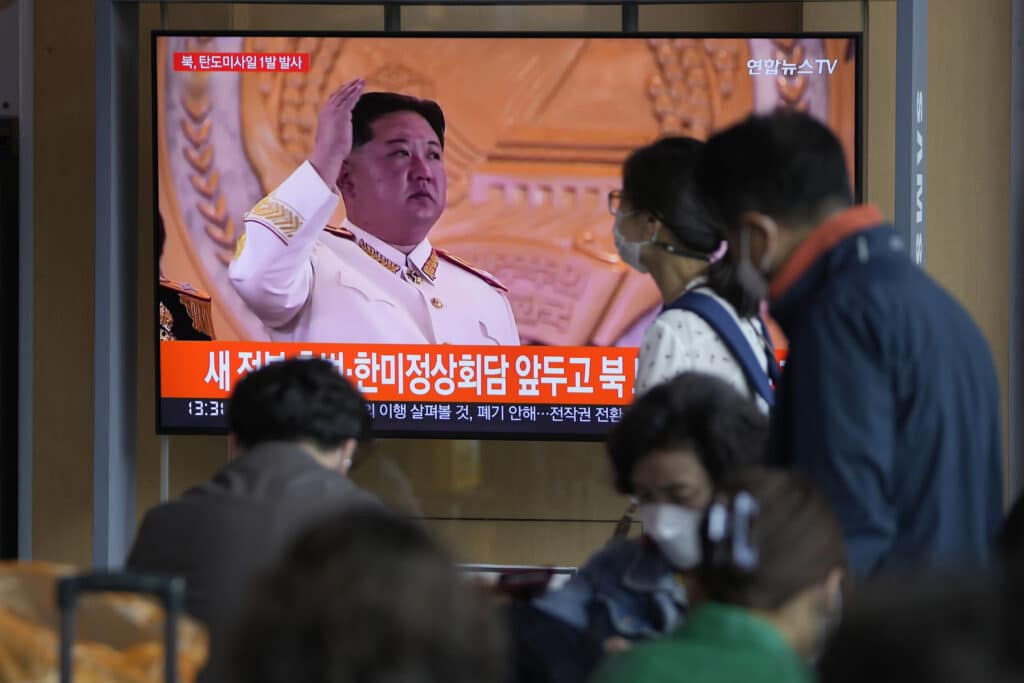
Kishida said he’ll discuss the launch when he meets Italian Prime Minister Mario Draghi later Wednesday. “Naturally, we will exchange views on the regional situation in the Indo-Pacific and East Asia, and I will thoroughly explain the reality of the region including the North Korean missile launch today, to gain understanding about the pressing situation in the East Asia,” he said.
Japanese Vice Defense Minister Makoto Oniki said that the missile was believed to have landed in waters outside of the Japanese Exclusive Economic Zone. There has been no report of damage or injury reported from vessels and aircraft in the area.
It wasn’t immediately known what missile North Korea launched. South Korea’s military said the missile flew about 470 kilometers (290 miles) at the apogee of 780 kilometers (485 miles), while Oniki of Japan said it traveled about 500 kilometers (310 miles) at the maximum altitude of 800 kilometers (500 miles).
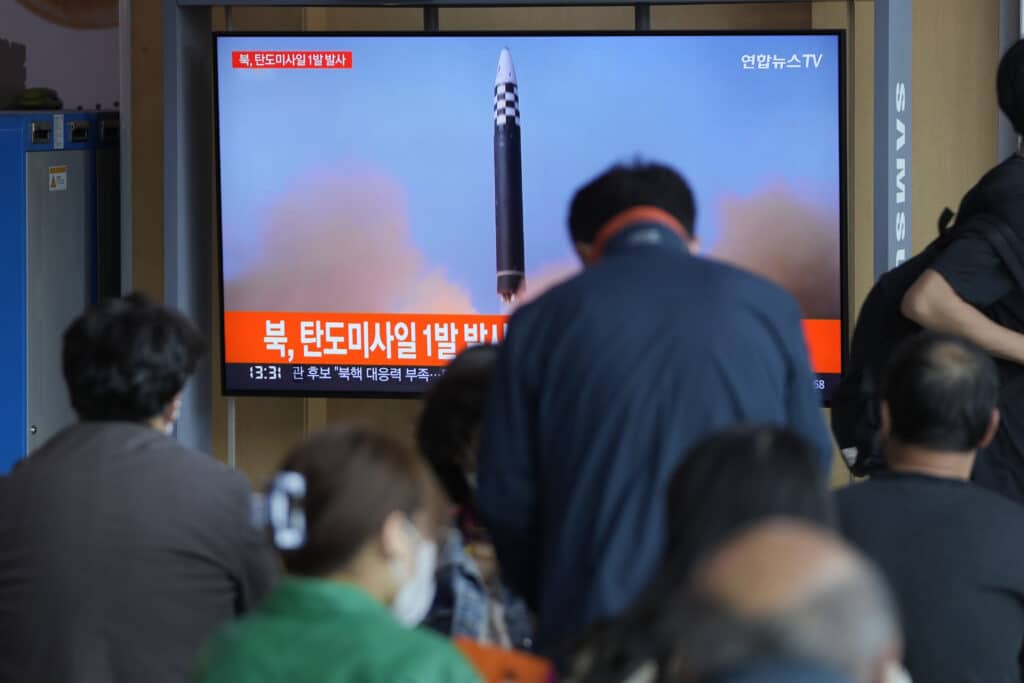
Observers say North Korea’s unusually fast pace in weapons testing this year underscores its dual goal of advancing its missile programs and applying pressure on Washington over a deepening freeze in nuclear negotiations. They say Kim eventually aims to use his expanded arsenal to win an international recognition of North Korea as a nuclear state that he believes would help force the United States to relax international economic sanctions on the North.
One of the North Korean missiles tested recently was an intercontinental ballistic missile potentially capable of reaching the entirety of the American homeland. That missile’s launch broke Kim’s self-imposed 2018 moratorium on big weapons tests.
There are signs that the North is also preparing for a nuclear test at its remote northeastern testing facility. If made, the nuclear bomb test explosion by North Korea would be the seventh of its kind and the first since 2017.
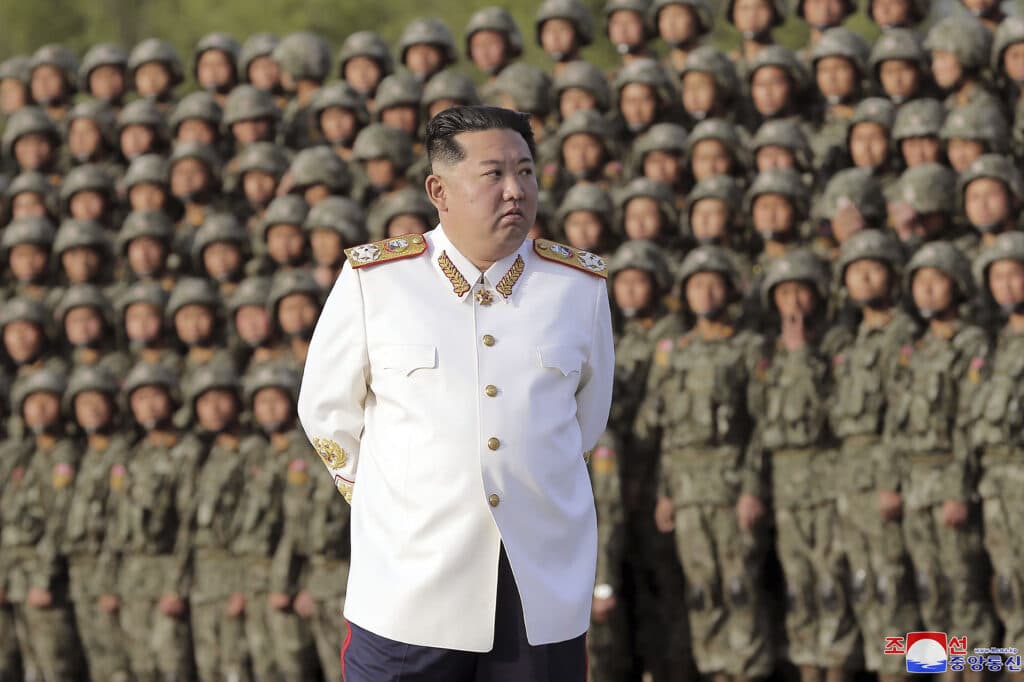
Last week, Kim Jong Un showcased his most powerful nuclear-capable missiles targeting both the United States and its allies during a massive military parade in capital, Pyongyang. During a speech at the parade, Kim said he would develop his arsenal at the “fastest possible pace” and warned that the North would preemptively use its nuclear weapons if its national interests are threatened.
North Korea has previously unleased harsh rhetoric threatening to attack its rivals with its nuclear weapons. But the fact that Kim made the threat himself and in a detailed manner have caused security jitters among some South Koreans. Taken together with North Korea’s recent tests of short-range nuclear-capable missiles, some experts speculate North Korea’s possibly escalatory nuclear doctrine would allow it to launch preemptive nuclear strikes on South Korea in some cases.
Wednesday’s launch came before the May 10 inauguration of South Korean President-elect Yoon Suk Yeol, who has vowed to boost Seoul’s missile capability and solidify its military alliance with Washington to better cope with increasing North Korean nuclear threats.
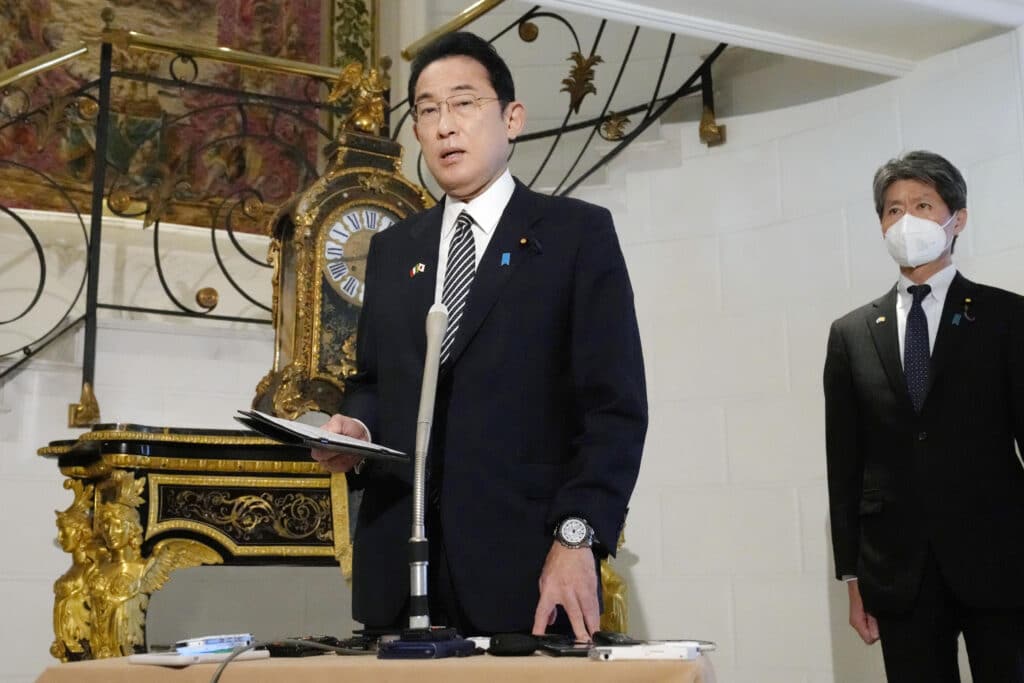
North Korea has a history of raising animosities with weapons tests when Seoul and Washington inaugurate new governments in an apparent bid to boost its leverage in future negotiations.
Yoon’s power transition office called the latest North Korean launch “a grave provocation” and urged Pyongyang to stop acts that raise tensions and threaten international peace. It said in a statement that the Yoon government will strongly respond to North Korean provocations in close cooperation with the international community.
Some experts say the Biden administration’s passive handling of North Korea as it focuses on Russia’s invasion of Ukraine and an intensifying rivalry with China is allowing more room for the North to expand its military capabilities.
The Biden administration’s actions on North Korea have so far been limited to largely symbolic sanctions and offers of open-ended talks. North Korea has rejected the administration’s offer for talks, saying it must first abandon its “hostile policy,” in an apparent reference to U.S.-led international sanctions and U.S.-South Korean joint military exercises.
By HYUNG-JIN KIM, KIM TONG-HYUNG and MARI YAMAGUCHI
Mari Yamaguchi reported from Tokyo.






